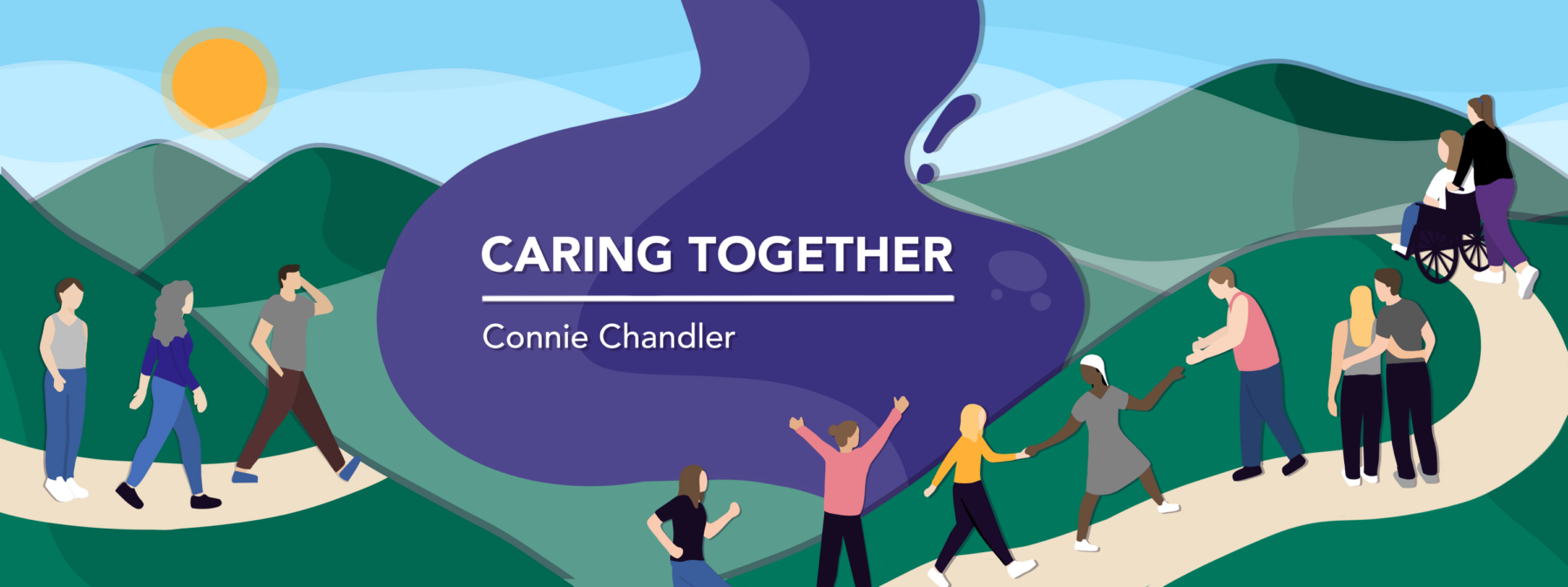‘Call Me’: What the Labor Day MDA telethon taught me about advocacy
How I've been raising awareness and funds from an early age
Written by |

What comes to mind when you think of Labor Day? For some people, it might mean a cookout, a day trip to the lake, or a last, desperate dip in the swimming pool. For me, it conjures up memories of hairspray, big puffy dresses, multiple ringing telephones, video cameras, and microphones — all the elements necessary for a good old-fashioned telethon.
I was diagnosed with SMA in 1984, and from about 1988-91, I had the honor of being a local ambassador for the Muscular Dystrophy Association (MDA), an organization that raises money and provides support for people living with neuromuscular diseases. Jerry Lewis’ MDA Telethon on Labor Day weekend was my main event.
Throughout those years, I also traveled around the state and gave speeches, sang songs, shook hands, posed for photos, and generally used my cute, sweet charm to raise awareness about neuromuscular diseases and prompt people to donate to scientific research. I got to meet some kind and amazing people, including the governor of North Carolina, Miss North Carolina, and actor and comedian McLean Stevenson (who, in my eyes, was practically Jerry Lewis). They all treated me like a princess, and we had some fun and precious times together.

Connie Chandler waves as part of a South Florida broadcast of the MDA Telethon in 1988. (Courtesy of Connie Chandler)
I’m sure I was oblivious to most of what happened around me back then in the world of corporate sponsors, prominent neurologists, and pop culture celebrities; I just knew that if I smiled, lots of other people smiled, too, and that in itself made the world a better place.
I can’t say that I understood the implications of millions of dollars being raised for “scientific research,” whether on a studio stage in Las Vegas or in a fireman’s boot on the street corner. The idea of discovering an actual cure for this weakness that prevented me from running around with my peers seemed so impossible that it never even crossed my mind that it might actually happen.
And never in my wildest imagination did I dream that 25 years later, my family would get a phone call announcing that the U.S. Food and Drug Administration had approved a treatment for SMA that could slow, or even stop, disease progression.
Lifelong lessons
As I look back, though, I see how formative those years were for me. I was not a mere prop, but valued as an active participant in this exciting journey of scientific discovery and development. For all the things I couldn’t do, these appearances were something I absolutely could do, and they made a difference. Let me tell you, that kind of core belief has quite an impact on a child’s heart!
I learned at a surprisingly young age how to concisely articulate to a wide and diverse audience what my disability is, how it affects my life, and how I joyfully thrive in spite of it. And I learned how to positively invite other people to join me in pursuing a worthy goal that’s much bigger than myself.
These are lessons that have followed me as I’ve matured and continue to help me in my public interactions and personal relationships. They’re lessons I hope to pass along to children who are beginning to navigate their own disability journeys.
And to this day, the sound of a ringing landline phone still makes me want to celebrate.
Note: SMA News Today is strictly a news and information website about the disease. It does not provide medical advice, diagnosis, or treatment. This content is not intended to be a substitute for professional medical advice, diagnosis, or treatment. Always seek the advice of your physician or other qualified health provider with any questions you may have regarding a medical condition. Never disregard professional medical advice or delay in seeking it because of something you have read on this website. The opinions expressed in this column are not those of SMA News Today or its parent company, Bionews, and are intended to spark discussion about issues pertaining to spinal muscular atrophy.








Leave a comment
Fill in the required fields to post. Your email address will not be published.